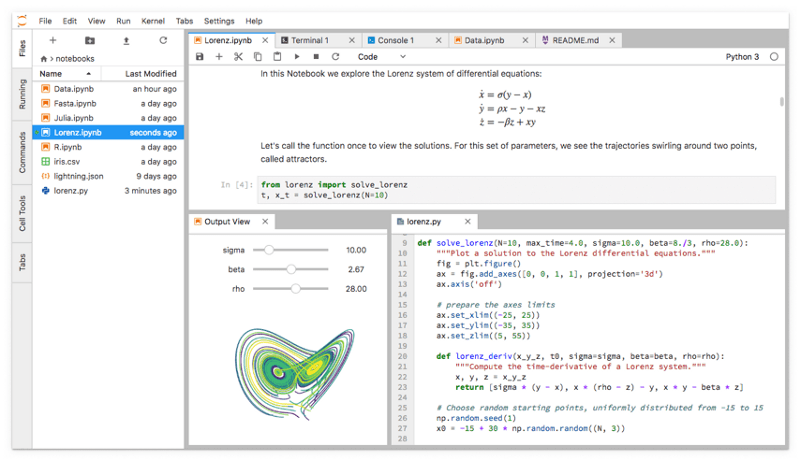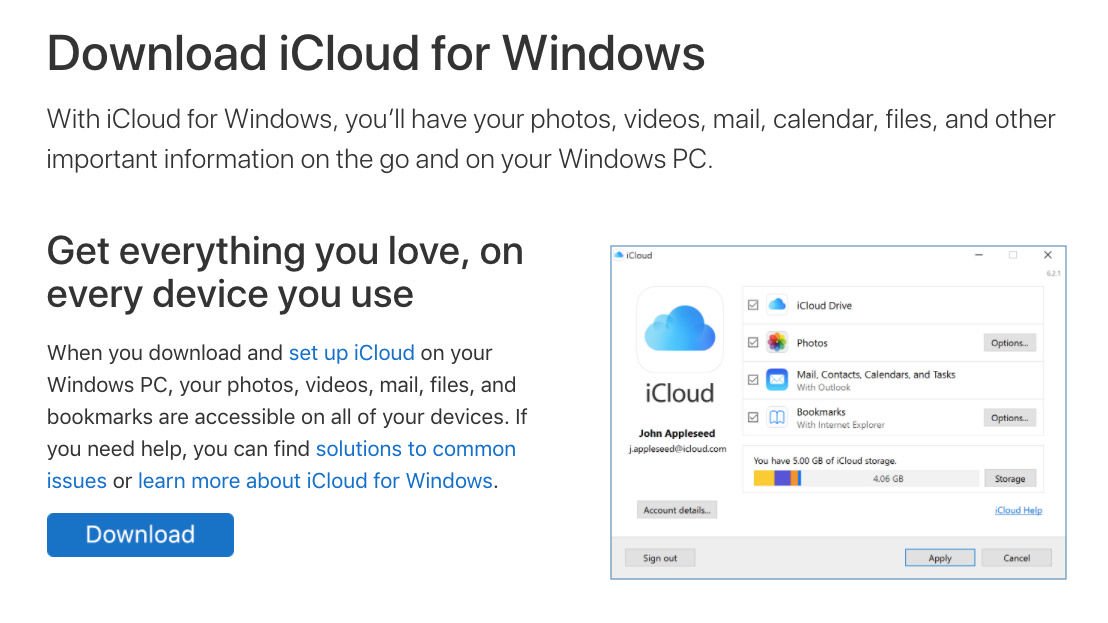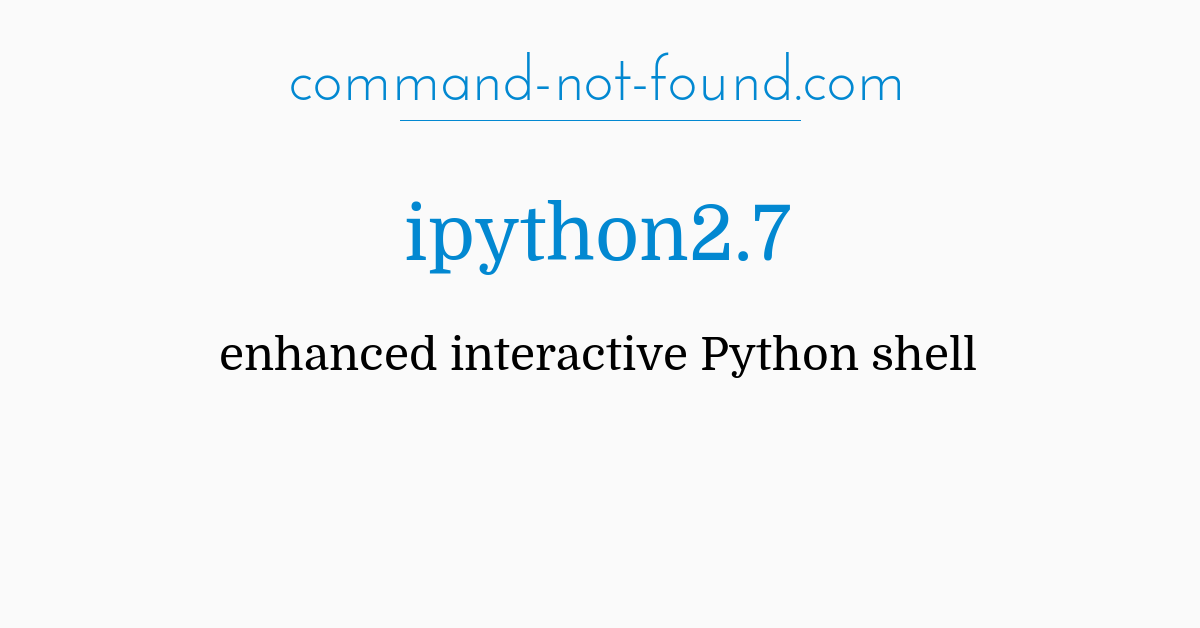
- #TO INSTALL IPYTHON HOW TO#
- #TO INSTALL IPYTHON ARCHIVE#
- #TO INSTALL IPYTHON SOFTWARE#
- #TO INSTALL IPYTHON DOWNLOAD#
- #TO INSTALL IPYTHON FREE#
There are also some very good screencasts on IPython by the current Python Advocacy Coordinator, Jeff Rush.

At some point though, you need to read through the IPython documentation. Now you’re ready to fire up IPython and get to work. Why wait any longer, let’s assume you have gotten the Python binding to install and have IPython working. If you do have trouble getting the Python bindings working, you should ask for help on the Net-SNMP mailing list. Building packages from source can be a very complex subject and is out of the scope of the article. If you need any help building RPMs from source, please consult the official Red Hat documentation. So if you are on a Red Hat-based machine, make sure you install python-dev (or the equivalent) and Python header files for your specific *nix OS. Please note that you also need the Python source to build the bindings.
#TO INSTALL IPYTHON DOWNLOAD#
On CentOS 5 or Red Hat Enterprise Linux 5 (RHEL 5), you can download the latest stable source RPM, which at the time of this writing was 5.4.1.
#TO INSTALL IPYTHON SOFTWARE#
Unless you absolutely have to, a good practice to follow is not to compile software off of trunk in active development, as you might be put in a situation of fixing broken code yourself. On most *nix systems, /etc/init.d/snmpd restart will do the trick. Make a backup of whatever configuration file lives in /etc/snmp/nf, and build this extremely basic one: You shouldn’t use the configuration script, so just create a simple configuration for the sake of this article. configure, it runs a configuration script for the local machine on which the agent is being compiled. One other thing to note is that when you do a compile and run. There are many compile options, but the main task is to get NET-SNMP to compile correctly, and to then run the separate Python installer in the included Python directory.
#TO INSTALL IPYTHON FREE#
If you are especially brave, feel free to check out the latest copy off of the trunk, available from the Net-SNMP Web site. The installation of the bindings requires compiling from source in most cases however, there are Red Hat Package Managers (RPMs) available. Please see the subversion link in the Related topics section for more details.įor this article, you want to make sure your client machine or the machine that runs all of the code has NET-SNMP Version 5.4.x or higher, as this is when the Python bindings were included in the source distribution. Additionally, trunk often refers to a subversion and version control system. Please note that trunk refers to the root path in a version control system, where the most current copy of code lives. You can install any Python package quite “easily” by running the ez_setup.py script. A good option is to use Easy Install to manage Python packages.

Getting a copy of IPython installed is quite easy. The Net-SNMP team has done a decent job of testing support on AIX®, HP-UX®, GNU/Linux® distributions, such as Red Hat, Windows®, and even OS X™. You also need IPython to interactively work with the Net-SNMP library with Python bindings. Python 2.5.1 was the most current version of Python at of the date of this writing. Installing and configuring Net-SNMPįor this article, it’s necessary to have a reasonably up-to-date Python installed on your *nix machines, which means Python 2.3 or greater. Although SNMP is frighteningly complex to set up and use, the stack discussed in this article makes it fun.

#TO INSTALL IPYTHON HOW TO#
Knowing how to write agile Python code to interact with SNMP can be one of the most interesting and productive skills a systems administrator can pick up. Many tasks, such as utilizing or configuring a massive NMS, are like a Saturn V rocket, and you would be better served, holding off on filling up the liquid oxygen tanks, until you try a little Python first. This article is about exploring SNMP through the Python™ language and writing the code yourself.Ī friend recently told me that there are times when you just want to walk down the street to grandma’s house, and you don’t need a Saturn V rocket to do that. There are many impressive, full-scale Network Management Systems (NMS) or Network Monitoring Systems that do notable SNMP monitoring, but this article is not about those systems. If you are working in a data center, then you probably interact with SNMP, in some way, on a daily basis.

Most systems administrators have had some experience with Simple Network Management Protocol (SNMP), or at least have heard of it. The content is provided “as is.” Given the rapid evolution of technology, some content, steps, or illustrations may have changed.
#TO INSTALL IPYTHON ARCHIVE#
Archive date: This content is no longer being updated or maintained.


 0 kommentar(er)
0 kommentar(er)
